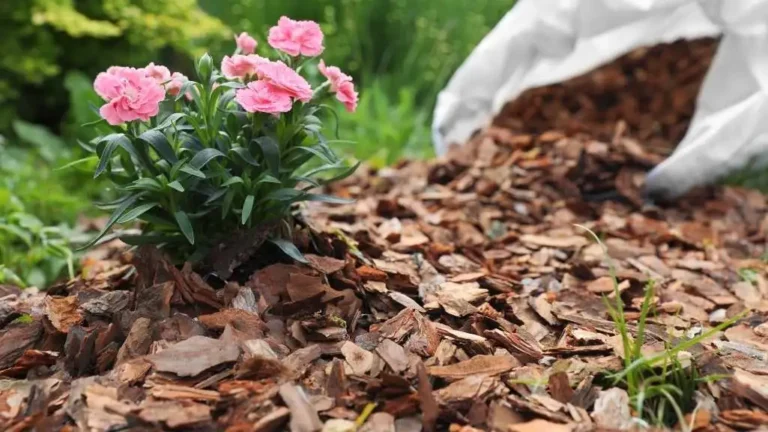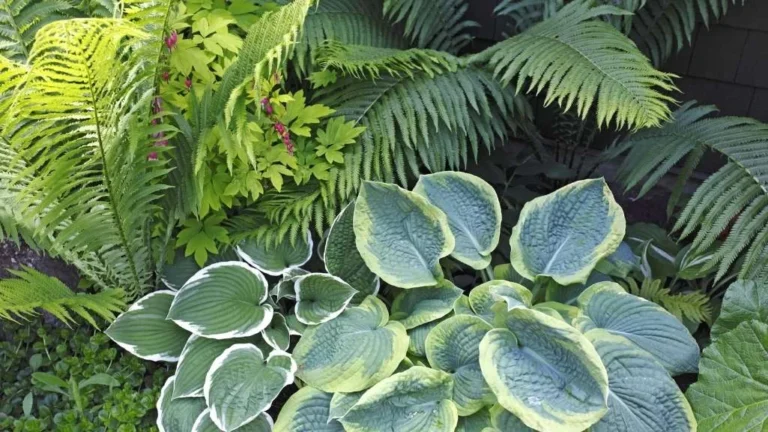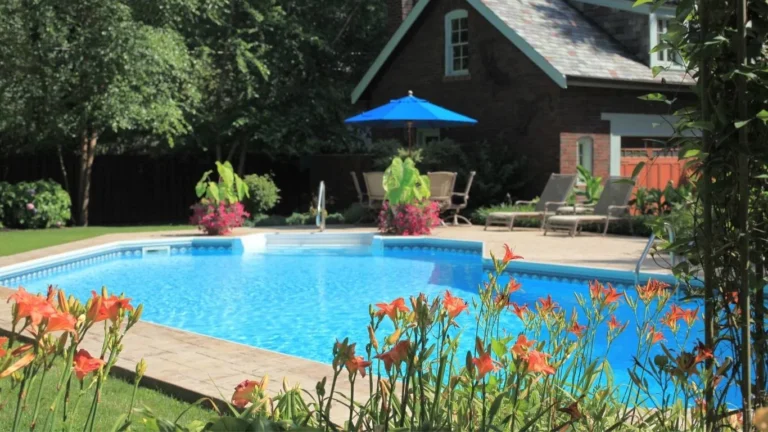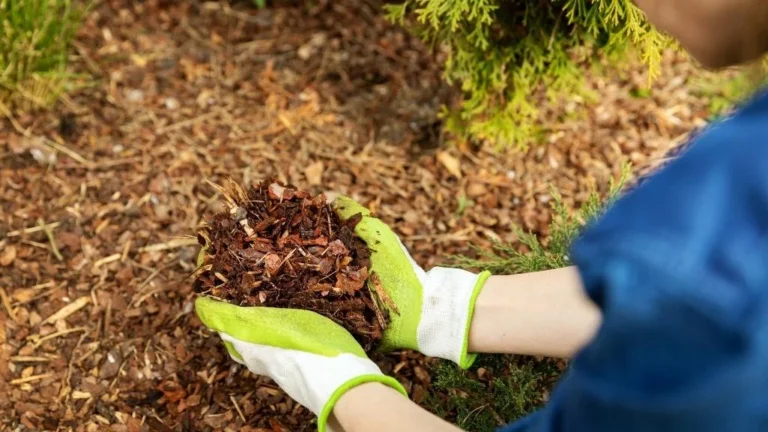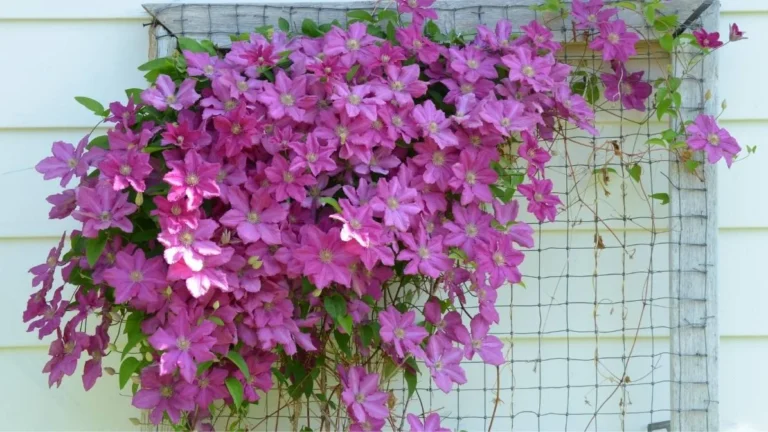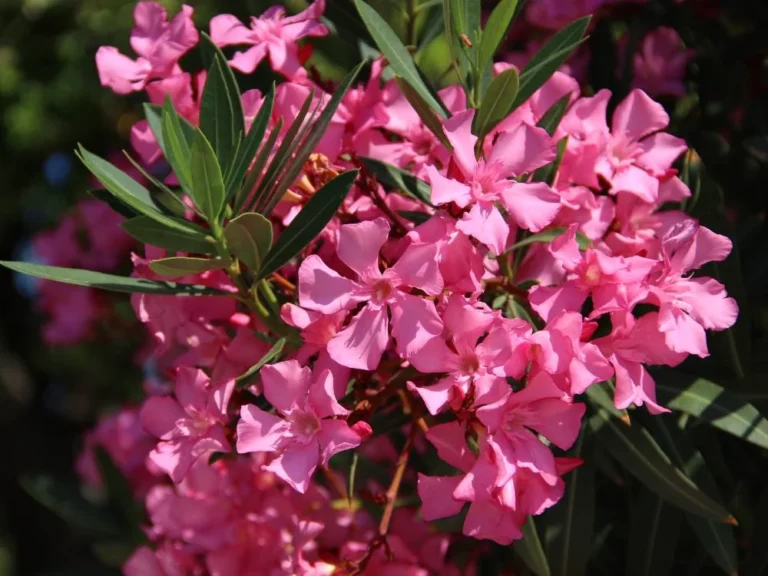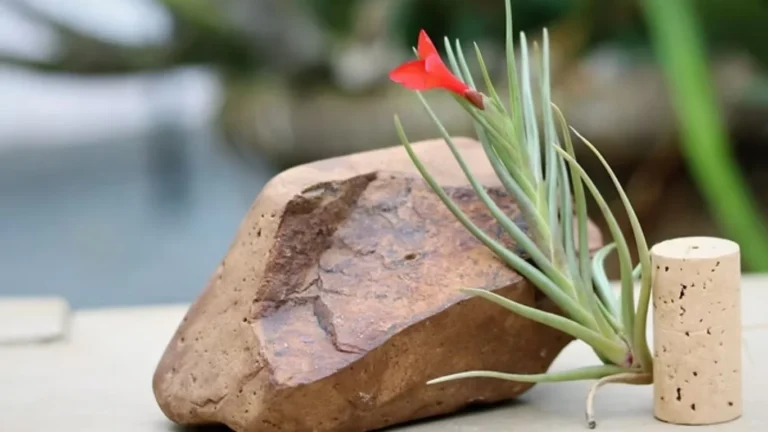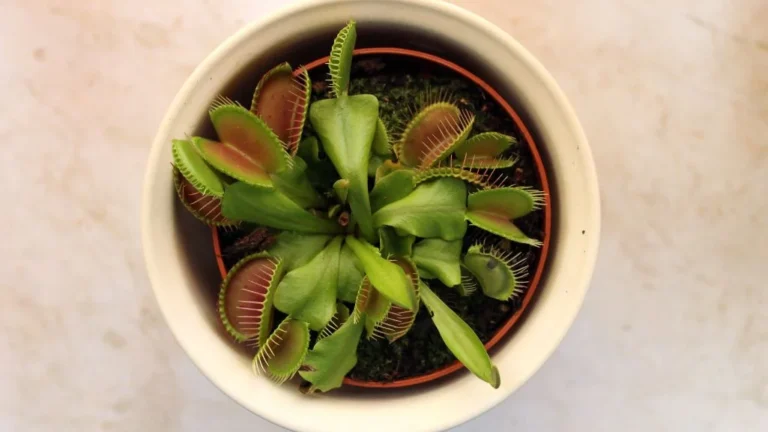Getting to Know Alocasia
Scientific name | Alocasia spp |
Family | Araceae |
Native | Tropical and subtropical regions of Asia and Eastern Australia |
Hardiness Zone | USDA Zones 9 to 11 |
Plant Type | Perennial |
Bloom | Rarely |
Caution: Alocasia plant is toxic to pets.
How Alocasia Looks
Leaves
Alocasia leaves are large, glossy, arrowhead-shaped, and often have striking patterns and prominent veins. Depending on the species, they can vary in color from deep green to shades of purple or silver.
Stem
The stems of Alocasia plants are typically thick and fleshy and can be either upright or slightly arching. Depending on the species, they often have a unique, somewhat ribbed texture and may vary in color from green to a reddish or purplish hue.
Height
Alocasia plants’ height and growth rate vary according to their species. In some cases, Alocasia can grow from 2 to 15 feet with proper care.
Types of Alocasia
Among the 70 species of alocasia, some common types are Alocasia amazonica, Alocasia macrorrhizos, Alocasia polly, Alocasia zebrina, Alocasia micholitziana ‘Frydek’, Alocasia reginula ‘Black Velvet’, and Alocasia cucullate.
Alocasia, At a Glance
Requirements for Alocasia at a glance
Elements | Requirement |
Sunlight | Bright, indirect sunlight |
Temperature | 60°F to 85°F |
Humidity | 60-80% |
Soil pH | 5.5 -7.0 |
Soil mixture | Well drained |
Container | Container with drainage hole |
Water | When the top layer of the soil slightly dries out |
Fertilizer | Once a month during summer and spring |
Note: The soil pH level indicates how acidic or neutral the soil is. On a scale of 1 to 10, with 7 indicating neutrality, a pH value less than 7 indicates acidity, while a value greater than 7 indicates alkalinity. Alocasia plants require slight acidity to neutralize soil pH.
Mix the Soil Properly
Alocasias prefer a well-draining, aerated soil mix that retains some moisture but doesn’t become waterlogged. The soil mix I use for Alocasia contains the flowing elements.
- 50% regular garden soil,
- 20% pumice or perlite for enhanced drainage and aeration,
- 20% peat moss or coco-coir for moisture retention, and
- 10% orchid bark.


Choose the Right Container
Alocasia plant has rhizomatous, fibrous roots. The rhizomes of Alocasia plants typically grow close to the soil surface, making them sensitive to overwatering. So, while choosing a container for Alocasia, keep the following in mind:
- Select a pot that is 2 to 3 inches wider in diameter than the current one. The shallow roots don’t require a deep pot, so avoid a huge pot, as the excess soil in the pot holds water for too long, which can lead to root rot.
- Ensure the container has proper drainage holes to prevent waterlogging.
- Pots made of ceramic, plastic, or terracotta are suitable choices. Plastic pots retain more moisture than ceramic or terracotta.
I’ve placed my Alocasia in a plastic pot and then set it inside a decorative pot for added aesthetic appeal.
How Much Sunlight Alocasia Needs
Alocasia plants are native to tropical rainforests, where they receive filtered sunlight through the canopy.
- Alocasia thrives in bright, indirect sunlight that mimics their natural environment.
- Avoid direct sunlight, as it can burn the leaves. Place the plant near a window with filtered light, or use sheer curtains to diffuse direct sunlight. But gentle morning sunlight is good for this plant.
- Prolonged exposure to low light can cause the plant to grow leggy.
I have positioned my Alocasia next to an east-facing window, where it gets gentle morning light and bright, indirect light throughout the day.
When and How to Water
This plant prefers consistently moist soil because its natural habitat is humid, featuring large leaves with high transpiration rates and a dense root system.
- Water the plant when the top layer of soil slightly dries out. Do a finger dip test or use a moisture meter to check the moisture level in the soil.
- Alocasia is sensitive to fluoride and chlorine, so ensure the tap water doesn’t contain these chemicals. If necessary, use room-temperature rainwater, filtered water, or distilled water.
- When watering, make sure all layers of soil absorb the water. Continue watering until water starts to flow out of the drainage holes.
- During the growing season (spring and summer), water the plant more frequently, keeping the soil evenly moist. In the dormant period (fall and winter), reduce watering, allowing the soil to dry out more between waterings.
- Alocasia requires a humid environment, so place the plant pot on a tray filled with pebbles and water or install a humidifier to maintain the desired humidity level
Typically, I water my Alocasia once a week during summer and spring and once in 15 days in winter. I always allow the top inches of the soil to dry out before watering.
Fertilizer for Alocasia
Alocasia plants have large, vibrant leaves and rapid growth rates, especially during the growing season. Fertilizer provides essential nutrients like nitrogen, phosphorus, and potassium that support healthy leaf and root development.
- Use a nitrogen-based, water-soluble fertilizer once a month during the growing season. Such as NPK 10-10-10.
- Refrain from fertilizing in winter.
- To prevent root burn, water the plant before fertilizing.
When and How to Re-pot
I re-pot my alocasia when the roots start coming out of the drainage holes, soil that dries out very quickly after watering or despite providing proper care; the plant doesn’t thrive. Usually, the alocasia plant needs repotting every 1.5- 2 years.
- Select a new pot with drainage holes under it that is 2 to 3 inches larger than the current pot.
- Water the plant a day or two before repotting to soften the soil around the roots.
- Remove the plant from its current pot by carefully loosening the roots and soil around the edges.
- Check the roots for any rot or diseases. Cut off any brown/mushy/smelly roots with sterilized scissors.
- Finally, place the pot in the new container with the new potting mix.


Prune to Thrive
Alocasia plants need pruning to maintain good health, encourage new growth and maintain good shape. Make sure to sterilize scissors or knife with rubbing alcohol before pruning.
- Remove leaves that are yellow, brown, visibly dying or showing signs of disease.
- Cut off leaves that are torn, have holes, or show signs of pest damage.
- If the plant has flowered, remove any wilted or dead flowers to redirect energy to leaf growth.
Protect Alocasia from Pests
Pests like spider mites, aphids, mealybugs, scale insects and thrips can attack alocasia plants. The signs of infestation are as follows.
- Spider Mites: Fine webbing on the leaves, specks moving on the leaves, yellow or speckled leaves.
- Mealybugs: White, cottony masses on leaves and stems, stunted growth, yellowing leaves.
- Aphids: Sticky residue on leaves, clusters of small green, black, or white insects on new growth, curling or distorted leaves.
- Scale insects: Brown or black bumps on stems and undersides of leaves, sticky residue on leaves, yellowing leaves
- Thrips: Silvery or stippled leaves, black specks on leaves, distorted new growth.
Steps for Managing Infestation on Alocasia
- Move the plants from other plants to prevent spread.
- Determine the type of pest for proper treatment.
- Remove pests by sparing water or wiping the leaves with alcohol-soaked cotton fabric.
- If necessary, cut off heavily infested leaves or stems.
- Spray the plant with insecticidal soap or neem oil.
Dealing with Other Common Issues
- Leaf yellowing of the lower portion of the plant is a sign of overwatering. Allow the top layer of the soil to dry out between waterings to prevent this issue.
- Crispy brown tips occur due to low humidity. Use a humidifier to maintain adequate humidity levels.
- Brown spots on leaves with stunted growth indicate underwatering. Alocasias require consistently moist soil, so ensure you water them appropriately.
- Leaves turning brown is a sign of excessive direct sunlight. Move the plant to a shaded area when the sun is directly on it.
- Droopy leaves and leggy growth suggest the plant is not getting enough light. Ensure it receives plenty of bright, indirect light.
Propagation Process of Alocasia
Alocasia has a rhizomatous root structure, which can be divided for propagation. The division is the most used process of propagating alocasia plants. The process is as follows.
- Choose a healthy, mature plant and gently remove the Alocasia from its pot.
- Look for natural divisions in the root ball where the plant has produced offsets or new growth points (rhizomes).
- Gently tease apart the roots to separate these offsets from the main plant. Use a sharp, sterilized knife to cut through the rhizomes if necessary. Ensure each division has roots and at least one growing shoot or leaf.
- Fill the new pots with a well-draining potting mix.
- Plant each division in its pot, ensuring the roots are well-covered and the growing shoots or leaves are above the soil level.
- Water the newly potted divisions thoroughly to help settle the soil around the roots.
- Allow excess water to drain out of the pots.
- Place the newly potted divisions in a location with bright, indirect light.
- Maintain high humidity and moisten the soil, but not waterlogged.


Tips for Alocasia
- Rotate the plant once a week for even growth.
- Alocasia doesn’t like water to sit on its leaves. So, avoid misting the plant.
- Use rainwater to water Alocasia to avoid issues related to fluoride and chlorine in tap water.



